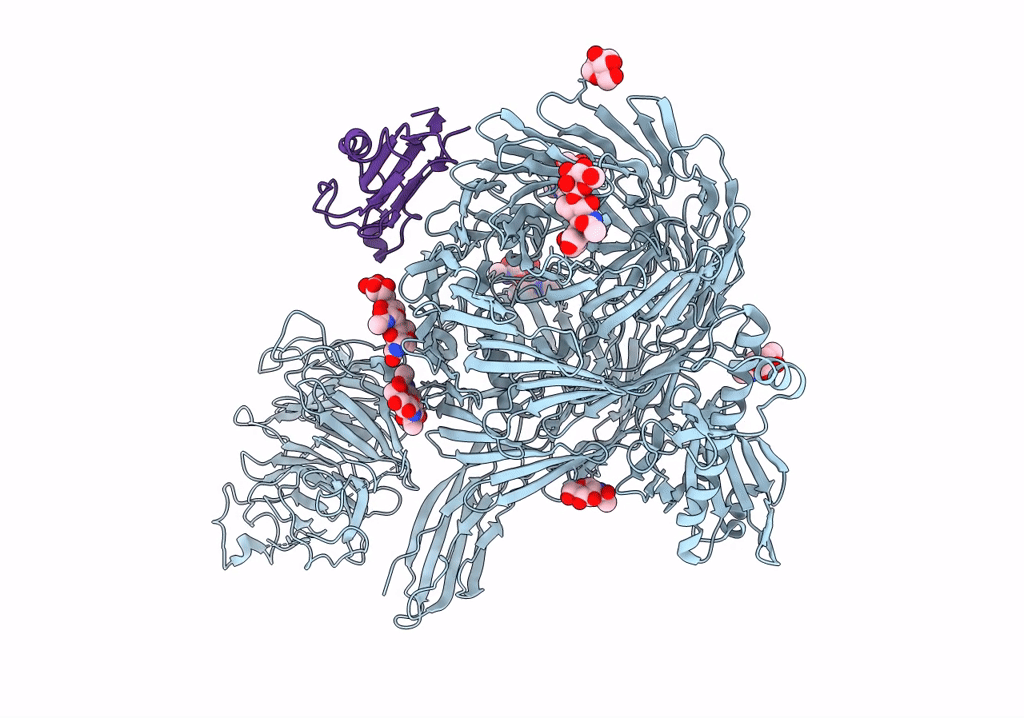
Deposition Date
2020-01-09
Release Date
2020-06-03
Last Version Date
2024-10-23
Entry Detail
PDB ID:
6VHH
Keywords:
Title:
Human Teneurin-2 and human Latrophilin-3 binary complex
Biological Source:
Source Organism:
Homo sapiens (Taxon ID: 9606)
Host Organism:
Method Details:
Experimental Method:
Resolution:
2.97 Å
Aggregation State:
PARTICLE
Reconstruction Method:
SINGLE PARTICLE


